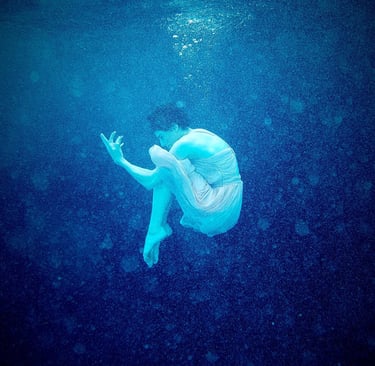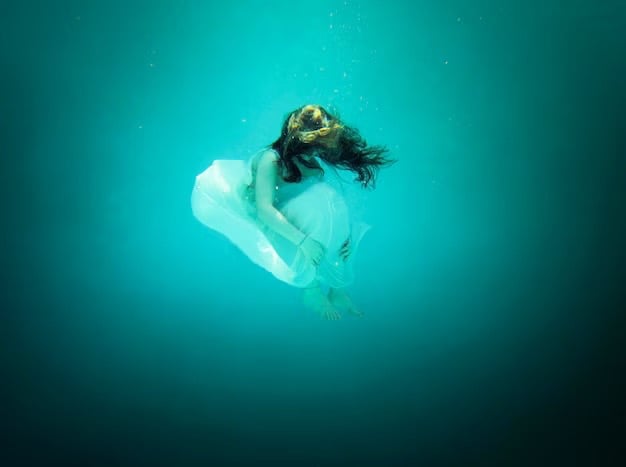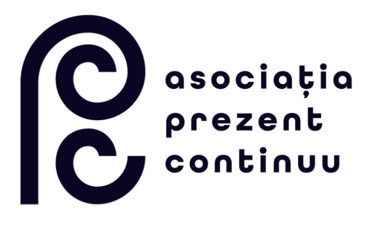Soft Keys
This space, filled with memories and life, can teach in new ways, can grow with love
Drawing on previous creative research of our organisation on the subject of extended cognition and involving new scientific resources focused on neuroarchitecture and cultural evolution, Soft Keys brings a fresh perspective on knowledge enhancement, building an imaginative environment where wisdom is passed on from the old to the young.
The project involves development phases in Venice and Bucharest, contributing to the creation of an immersive art installation that is to be exhibited in Bucharest in 2026
Soft Keys is put together in collaboration with the international neuro-anthropological research group TRACE and the Romanian educational platform based on applied neuroscience and psychology Mind Architect.

Creative team
Emilia Păunescu / artistic direction
Sabin Țenea / architect
Andrei Cozlac / video art
Denis Flueraru / sound design
Judith State / underwater performance
The experience of the installation is similar to a poetic treasure hunt, where mysteries are partly uncovered, partly an open invitation for the visitors to fill in.
The space is enciphered with knowledge keys, valuable insights on life, collected through in-depth interviews with elders from two different cultural settings and processed with the support of our scientific partners. This way they are “translated” into relevant advice young people can use to overcome the challenges they face today.
The immersive environment is built following principles from neuroscience, stimulating mentally and emotionally the visitors in a benefiting way, improving cognitive capacity and lowering stress.

Visually, the setting is formed of a mix of mesmerizing underwater sceneries and footage from real-life environments of the people we interview and their stories. These two planes converge in surprising ways, making the space of the installation shapeshift, playing with perspective while also encouraging different interactions with these overlapping chronologies.
THE STRUCTURE OF THE INSTALLATION
The path visitors follow in the work runs throughout the entire space of the museum. We use the existing architecture and our custom-made, large-scale 3D printed structures to create a sequence of “rooms” through which visitors discover and interact with the content.
One passes alternatively through memory rooms, where the stories of the elders are told and break rooms, where visitors integrate the cognitive-emotional material received.
In memory rooms, the narratives of the elders come to life through video projections, sound, smell and scenography elements that transport the visitor to these worlds.
In break rooms, the audience is stimulated minimally. These are decompression spaces, where visitors are supported to freely reflect on the experience lived in the previous room, in a soothing environment, where the gentle movements of an underwater dancer accompany their mental process. In these rooms, people explore their minds.


The uniqueness of the exhibition experience is given precisely by the combination of these multiple sensory layers (hearing, sight, smell, touch) and by the alternation between spontaneous mental activity (emotions, thoughts, personal memories awakened by the content in the memory rooms) and intentional mental activity (stop and sense, with intention, what happens inside you after you leave the memory room? the break rooms where visitors become aware of their thoughts and emotions and integrate the new knowledge received).




